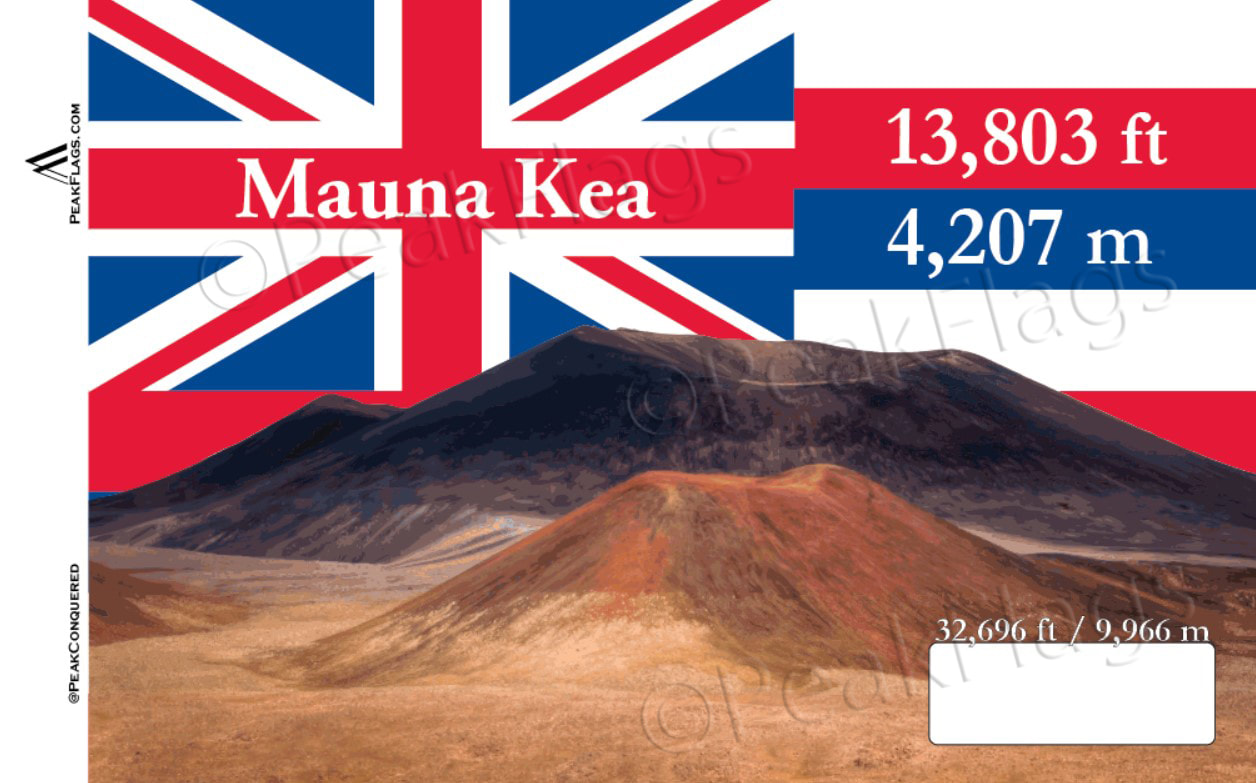Hawaii comprises nearly the entire Hawaiian archipelago, 137 volcanic islands spanning 1,500 miles (2,400 km) that are physiographically and ethnologically part of the Polynesian subregion of Oceania. The state's ocean coastline is consequently the fourth longest in the U.S., at about 750 miles (1,210 km). The eight main islands, from northwest to southeast, are Niʻihau, Kauaʻi, Oʻahu, Molokaʻi, Lānaʻi, Kahoʻolawe, Maui, and Hawaiʻi, after which the state is named; it is often called the "Big Island" or "Hawaii Island" to avoid confusion with the state or archipelago. The uninhabited Northwestern Hawaiian Islands make up most of the Papahānaumokuākea Marine National Monument, the nation's largest protected area and the third largest in the world.
The Hawaiian Islands were formed by volcanic activity initiated at an undersea magma source called the Hawaiʻi hotspot. The process is continuing to build islands; the tectonic plate beneath much of the Pacific Ocean continually moves northwest and the hot spot remains stationary, slowly creating new volcanoes. Because of the hotspot's location, all currently active land volcanoes are located on the southern half of Hawaiʻi Island.
Hawaiʻi's tallest mountain Mauna Kea is 13,803 ft (4,207 m) above mean sea level; it is taller than Mount Everest if measured from the base of the mountain, which lies on the floor of the Pacific Ocean and rises about 32,696 feet (9,966 m).
The Hawaiian Islands were formed by volcanic activity initiated at an undersea magma source called the Hawaiʻi hotspot. The process is continuing to build islands; the tectonic plate beneath much of the Pacific Ocean continually moves northwest and the hot spot remains stationary, slowly creating new volcanoes. Because of the hotspot's location, all currently active land volcanoes are located on the southern half of Hawaiʻi Island.
Hawaiʻi's tallest mountain Mauna Kea is 13,803 ft (4,207 m) above mean sea level; it is taller than Mount Everest if measured from the base of the mountain, which lies on the floor of the Pacific Ocean and rises about 32,696 feet (9,966 m).
Mauna KeaAt 13,803 feet above sea level and over 32,000 feet from the bottom of the ocean floor, Mauna Kea is the tallest sea mountain in the world.
|

